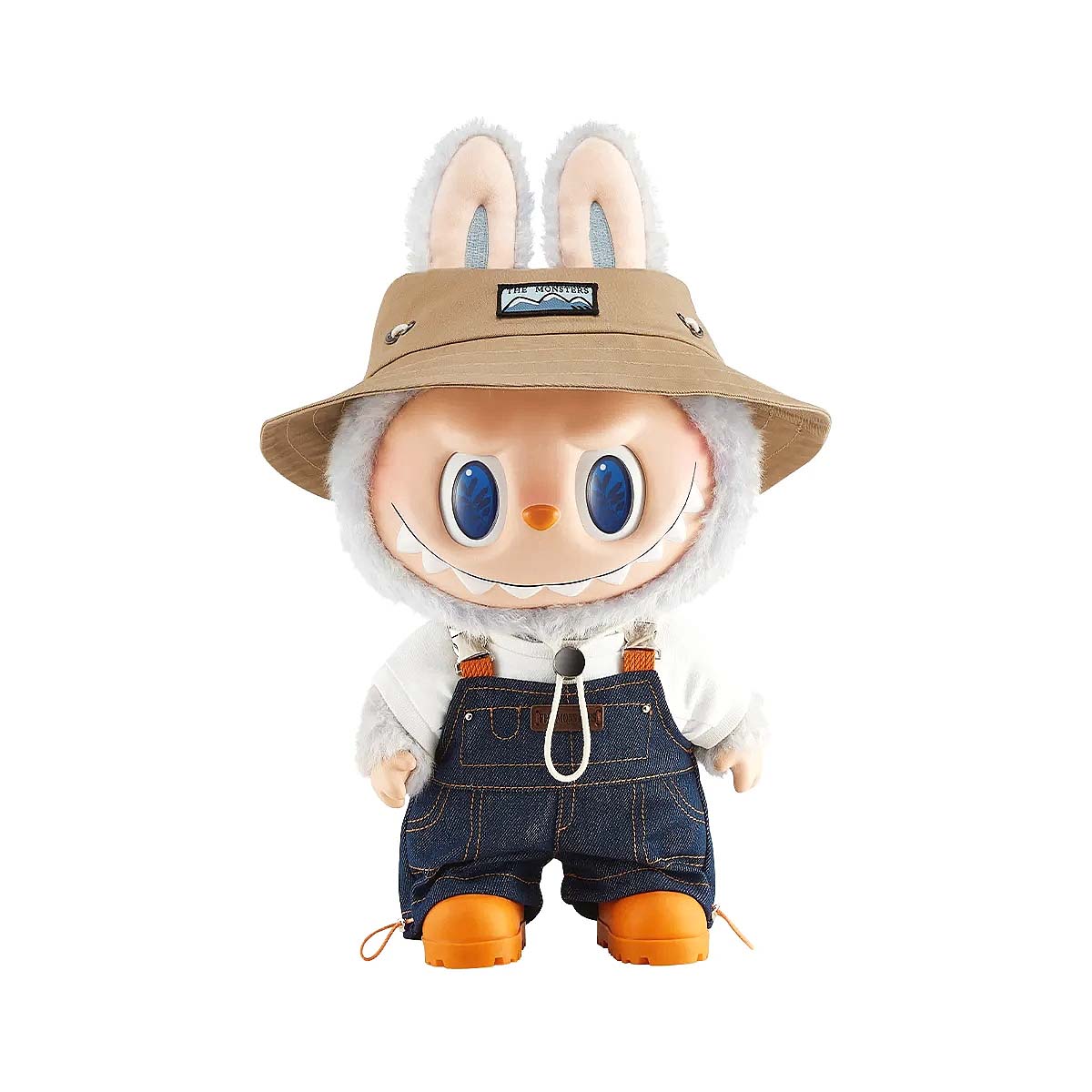
The latest collecting craze among the under-30 set are Labubus, toothy monsters with a Chinese Pop following. When Heritage Auctions announced plans to conduct a Labubu-centric auction, Antiques and The Arts Weekly reached out to the firm’s urban art specialist, Hava Toobian, for some insights regarding the fad and what discerning collectors are looking for.
First, for those of our readers who are unfamiliar, could you explain what a Labubu is?
Yes! So, a Labubu is a collectible art toy. It’s part of “The Monsters” series developed by the China-based retailer Pop Mart. The artist behind Labubu and her friends is Hong Kong-born illustrator Kasing Lung (b 1972). With “The Monsters” series, there’s a whole folklore, fairytale aesthetic and a whole world behind it with the other characters as well: Mokoko, Pato, Spooky, Yaya, Pippo, Tycoco and Zimomo.
How, when and why did the Labubu phenomenon begin?
The trend started in the market with Hong Kong and China. The artist initially released the Labubu imagery in 2015 and it didn’t really launch; it didn’t really take off until more recently. We’ve seen the craze sort of happen earlier this year, but the characters have been around for almost 10 years now and only just recently took off. So, “The Monsters” figurines, they were originally produced in 2015 with the company How2Work, and they gained some recognition, but when Pop Mart started their blind box series in 2023 with the keychains, that’s really, like, this is kind of where we saw it everywhere.
Honestly, the first time I was even aware of “The Monsters” series was when I saw them at DesignerCon a couple of years ago at the How2Work booth, but they looked slightly different. They weren’t like the fuzzy keychains that we’re seeing now. And it’s not really something that I even registered back then as having such an expansive universe of characters. But now I know there are so many characters.

“The Monsters” Fall In Wild vinyl plush doll. Photo courtesy of the consignor.
What do people look for in a luxury keychain? In your experience, is there a trend in who buys these products?
I think with the trend in buyers, it’s kind of a two-part answer. First, it’s for someone who is an entry-level art collector, because these are so accessible, even though they’re hard to get. They’re at the lower price point [$28-$55 for keychains]. They’re really cute. They’re decorative. They feel like something that you can start collecting if you’re interested in getting into these different urban artists. So, it’s kind of for anybody in that sense.
But then, something else that makes Labubus really valuable for some people is that there are so many brand collaborations [such as Coca-Cola, the anime One Piece and The Louvre] and endorsements by celebrities; a lot of K-Pop idols are seen wearing them. And so, those fan communities are able to access Labubus, and they’re now able to see themselves wearing them. And so, they want to seek it out; they idolize these things, or they want to be part of that community of collectors. So, it can really just be anybody, and it branches out further because of all the different brand deals, collaborations, endorsements and other things like that.
I mean, for example, with brands like Prada and Gucci, you can buy something like a little knockoff Prada or Gucci hat for your Labubu. So, somebody that may be interested in buying Prada bags is all of the sudden interested in Labubus because they can buy little Prada shoes or accessories for their Labubu.
I know that, recently, a set of 14 Labubus designed by K-Pop band Seventeen in collaboration with the clothing brand Sacai were auctioned on Pharrell Williams’ platform, Joopiter, earning prices as high as $31,250. How do you think social media and celebrity involvement play into the continued success of Labubus?
I think it’s a huge amount. The average person isn’t looking at the art market or the collectibles market, even on StockX [an online, real-time marketplace and clothing reselling website], where it’s pretty easy to see market trends. That’s just not something the average consumer is looking at constantly. But, you know, everybody’s on some type of social media. And even if they’re not, most people do have different touchstones where they’re involved with it or interacting with it in some way.
And so, all of those celebrity endorsements and the collaborations, it just reaches way more people. And it sort of subliminally tells consumers, “Oh, this has value to it,” you know, without having to show numbers and proof. Not everybody is looking at the finances of this thing. They’re just like, “Wow, Labubus are really popular. They’re really cute. I like the way that it looks. I like the way it’s styled. These are all the crazy ways that people are styling them.” And it just really incentivizes other people to get creative with how they want to bring them into their own life.
—Kiersten Busch




